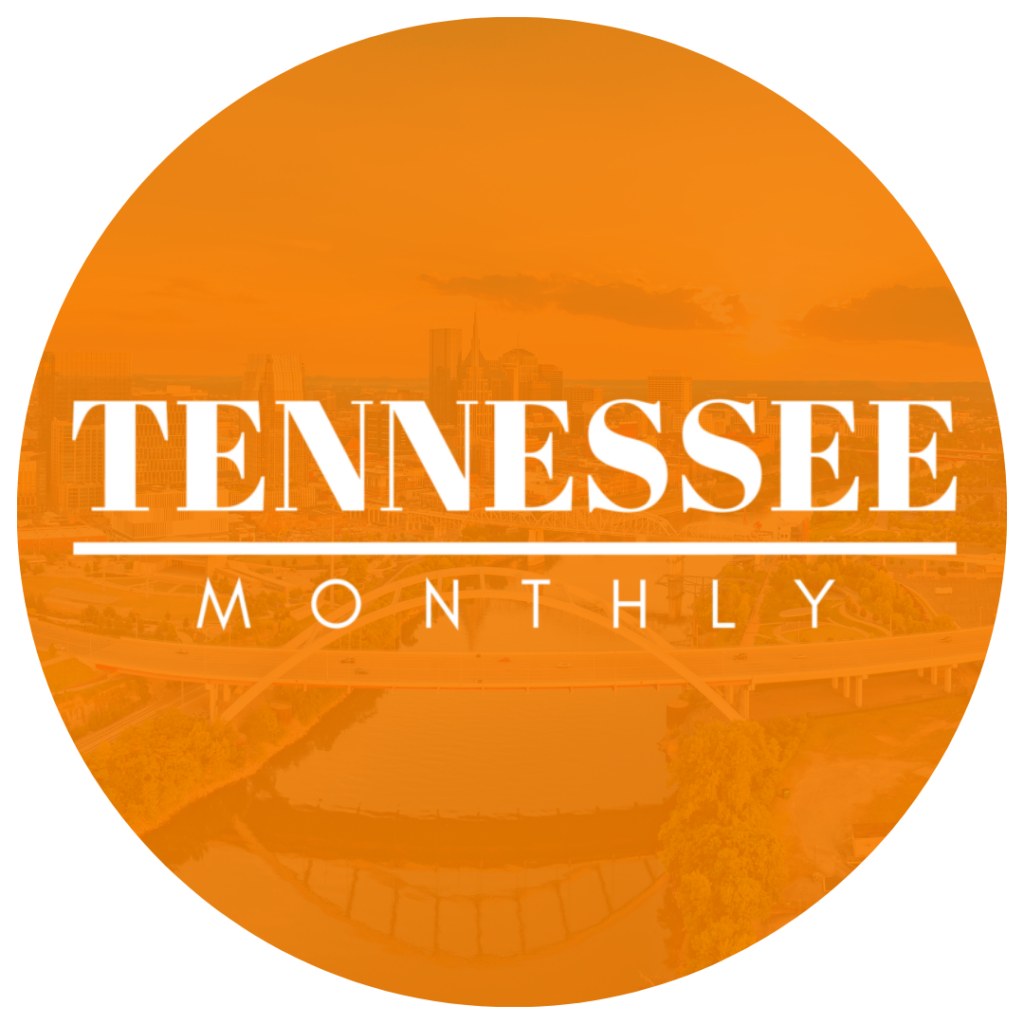Emergencies strike when least expected, often disrupting lives and businesses in profound ways. Whether it’s a natural disaster, a workplace incident, or a large-scale crisis, emergency preparedness can make the difference between chaos and safety. Understanding the importance of preparation is key to protecting lives and minimizing risks. By developing comprehensive evacuation plans, conducting regular drills, and training employees effectively, organizations can foster a culture of readiness that benefits everyone.
Why Emergency Preparedness is Essential
Emergencies are unpredictable, but preparation can transform how individuals and organizations respond. When people are equipped with a plan, they react more calmly, make informed decisions, and avoid unnecessary confusion. Studies show that preparedness reduces injuries, property damage, and business interruptions. This not only saves lives but also preserves the reputation and operational continuity of businesses.
Consider a scenario where a fire breaks out in a crowded office building. Without an evacuation plan, panic would likely spread, leading to dangerous bottlenecks and confusion. Conversely, employees trained in evacuation procedures would know where to go, which routes to take, and how to stay safe. This stark difference underscores the critical need for preparedness.
How to Develop Effective Evacuation Plans
A solid evacuation plan is at the heart of any emergency preparedness strategy. It provides clear instructions for how people should exit a building or facility during an emergency, ensuring everyone reaches safety as quickly as possible. To develop an effective plan, start by assessing your specific risks. Every environment has unique challenges, from high-rise office buildings to industrial warehouses.
Mapping escape routes is the next crucial step. Ensure that exits are clearly marked, accessible, and free from obstructions. For organizations, it’s essential to designate assembly points where individuals can gather after evacuation. These points should be safe, easy to reach, and far enough from potential hazards.
Communication is another critical component of evacuation planning. Employees must be aware of the plan and understand their roles. This includes assigning responsibilities, such as fire wardens or first responders, who can assist during the evacuation process. Regular updates and walkthroughs ensure everyone remains familiar with the procedures.
The Role of Drills in Emergency Preparedness
An evacuation plan is only as good as the people who execute it, which is why drills are indispensable. They offer employees the chance to practice their roles, identify gaps in the plan, and build confidence in their ability to respond effectively.
Drills should simulate various scenarios to prepare individuals for different emergencies, such as fires, earthquakes, or chemical spills. This variety ensures employees are well-rounded in their knowledge and can adapt to unexpected situations. For example, a fire drill might focus on swift evacuation, while an earthquake drill could emphasize “drop, cover, and hold on” techniques.
Feedback is a vital part of the drill process. After each exercise, gather participants to discuss what went well and what needs improvement. This collaborative approach fosters a sense of accountability and ensures the plan evolves to address potential weaknesses. Organizations that conduct drills regularly are more likely to respond effectively during actual emergencies.
Training Employees on Emergency Procedures
Preparedness extends beyond drills and evacuation plans. Proper employee training ensures everyone understands their role in maintaining a safe environment. Training sessions should cover a range of topics, from basic first aid to the operation of emergency equipment such as fire extinguishers or defibrillators.
One effective method of training is to include real-world scenarios and role-playing exercises. For instance, employees can practice assisting individuals with mobility challenges or guiding visitors to safety. These exercises not only improve skills but also build trust and teamwork among staff.
Communication training is essential. Employees must know how to relay accurate information during an emergency to avoid confusion. Tools like two-way radios or mobile apps can streamline communication, ensuring everyone stays informed.
Training should also be tailored to the organization’s specific needs. For example, a manufacturing plant may focus on handling hazardous materials, while a school may prioritize lockdown procedures. By addressing unique risks, training becomes more effective and relevant.
Creating a Culture of Preparedness
Emergency preparedness is most effective when it becomes a part of organizational culture. This means going beyond one-time efforts and embedding readiness into everyday operations. Leadership plays a significant role in this transformation, as managers and executives set the tone for prioritizing safety.
Regular communication about emergency procedures, ongoing training opportunities, and visible support from leadership reinforce the importance of preparedness. Employees are more likely to engage in safety initiatives when they see that their organization values their well-being.
Technology can also enhance a culture of preparedness. Digital tools such as emergency notification systems, mobile apps, and virtual simulations make planning and training more accessible. These tools ensure that plans are up-to-date and that employees can access critical information anytime.
The Benefits of Being Prepared
Organizations that invest in emergency preparedness reap numerous benefits. First and foremost, it protects lives, which is invaluable. It also minimizes disruptions to operations, reduces liability risks, and improves employee morale. When staff members feel safe and supported, they are more likely to trust their employers and perform at their best.
Readiness enhances an organization’s reputation. Businesses that respond effectively during crises demonstrate responsibility and resilience, earning the trust of clients, partners, and the community. This goodwill can have long-lasting effects, strengthening relationships and creating new opportunities.








